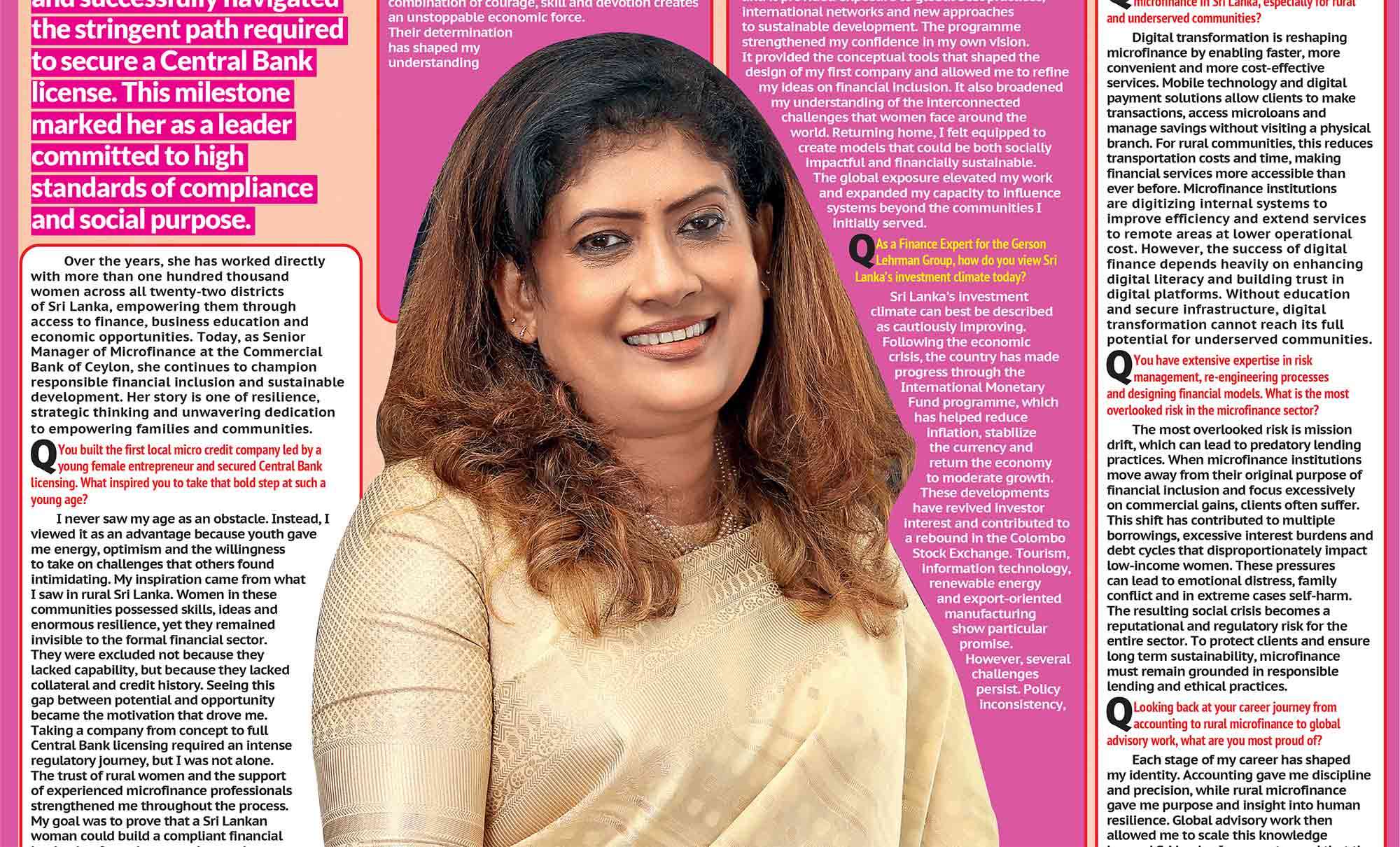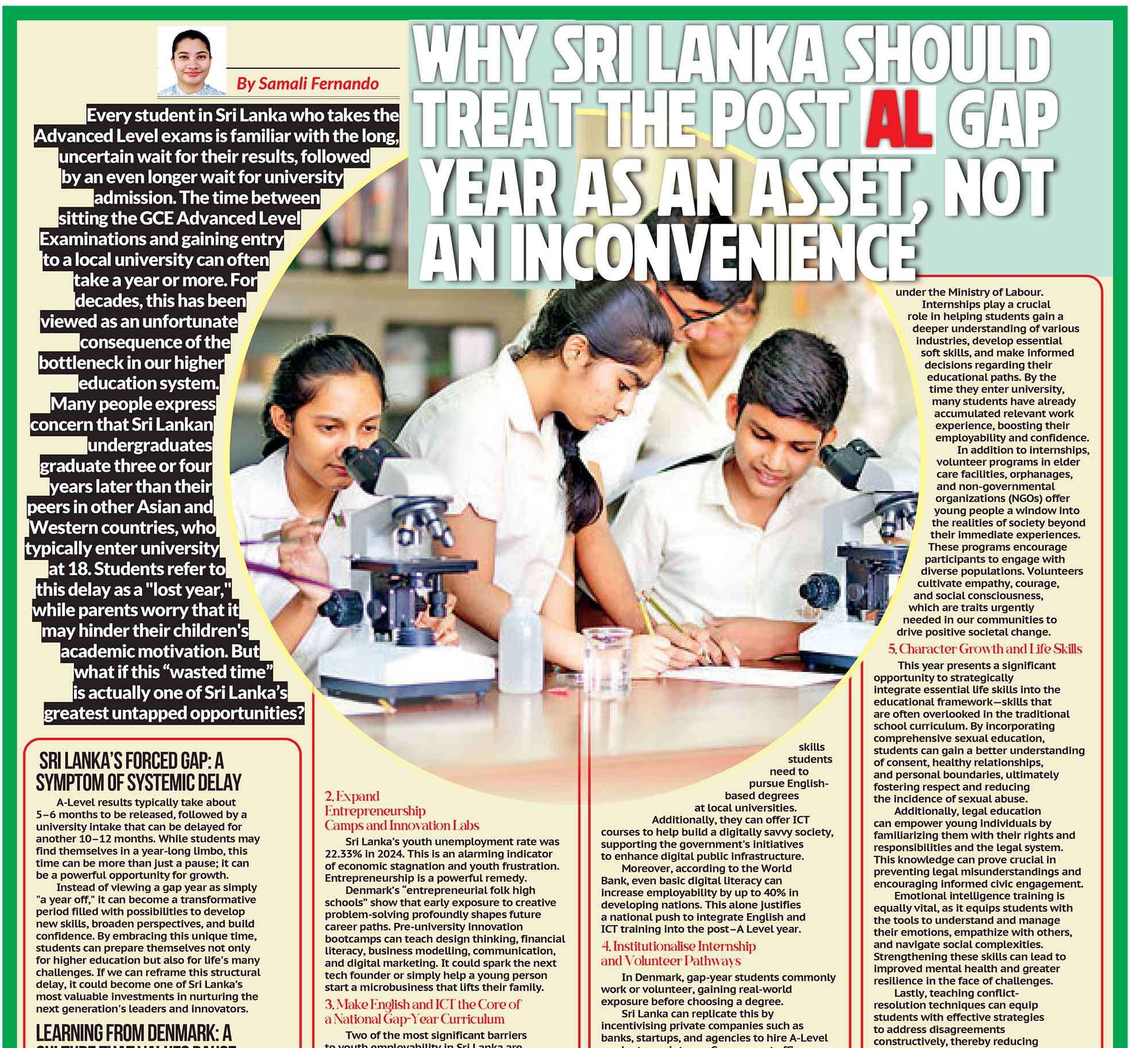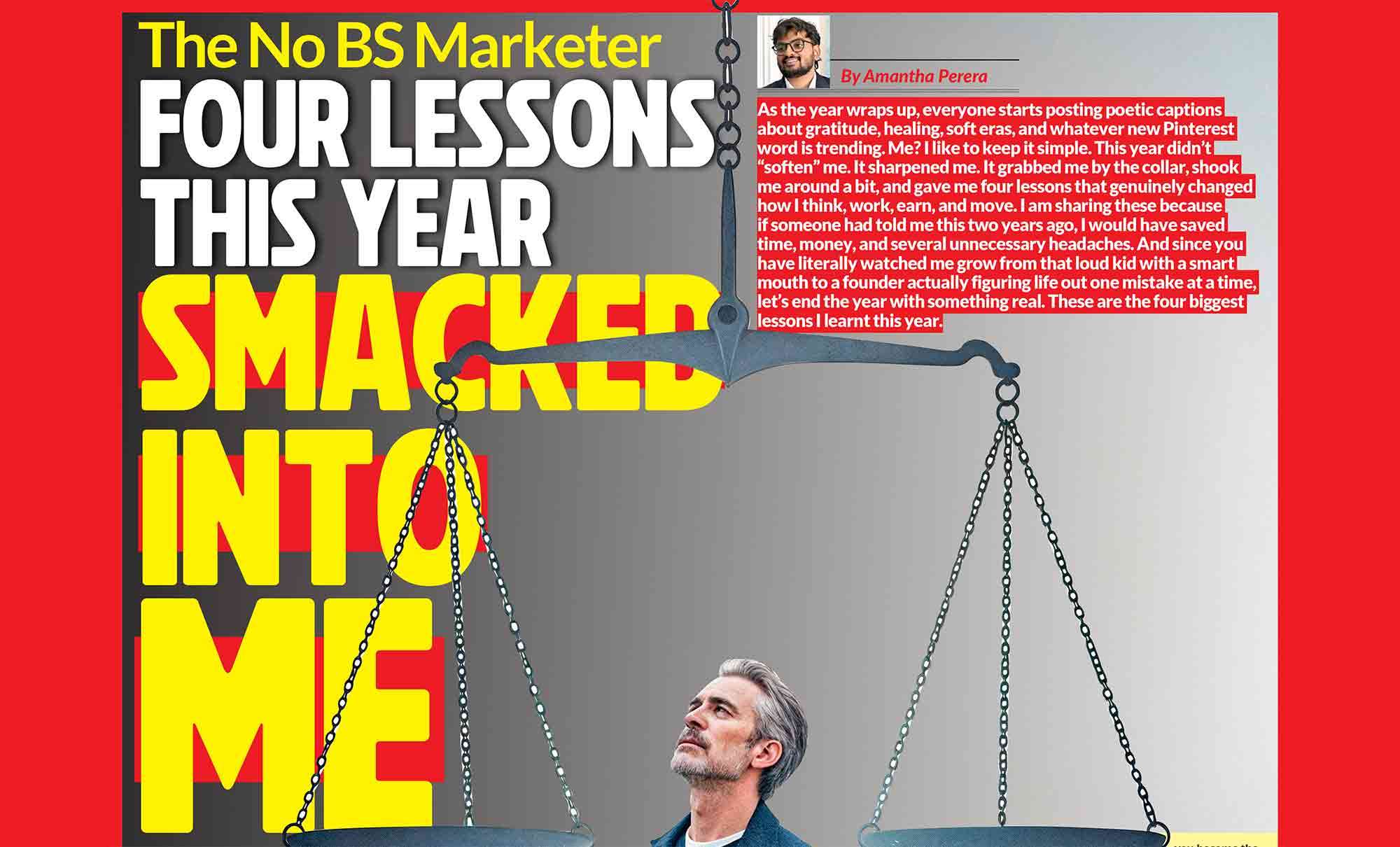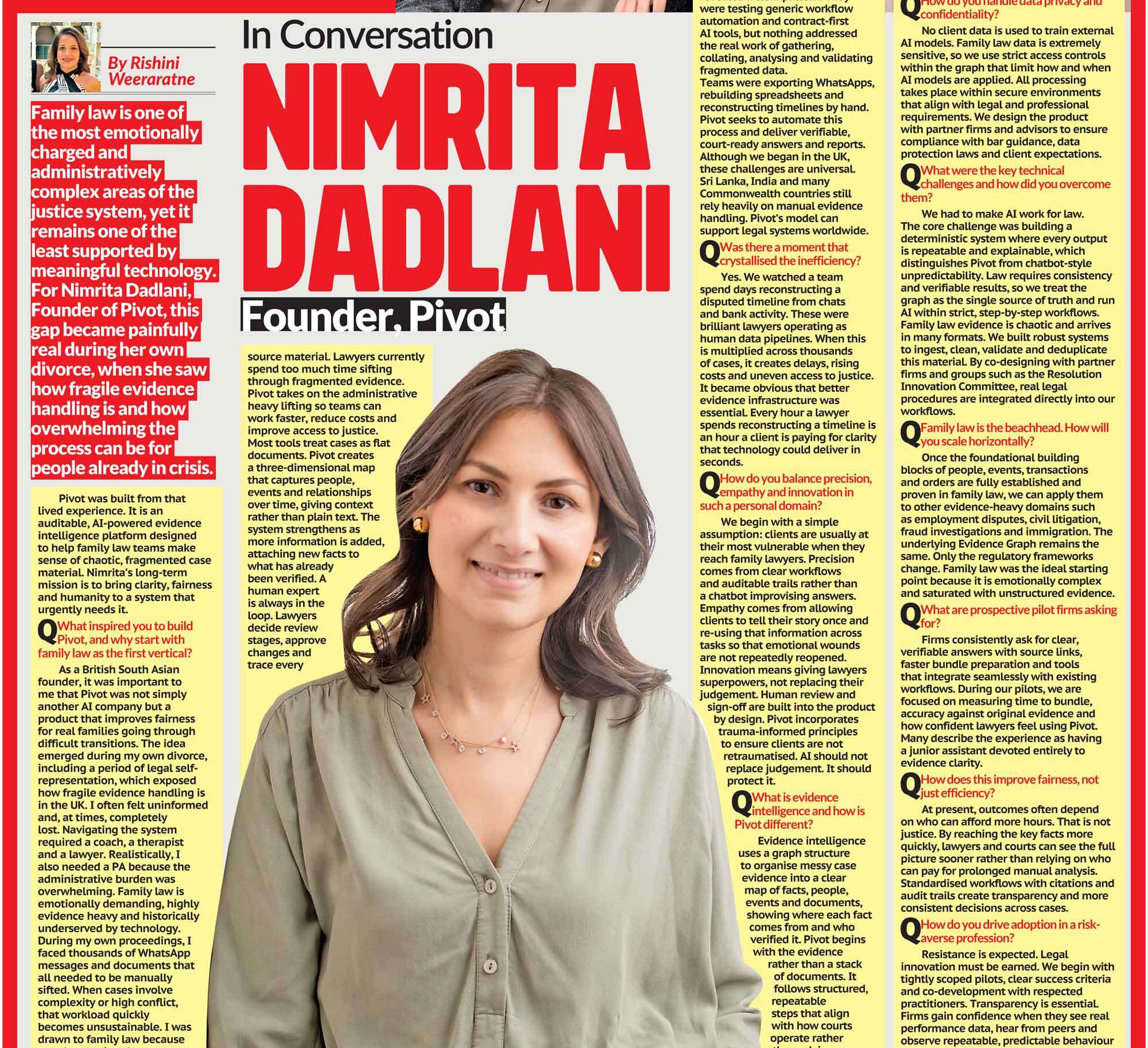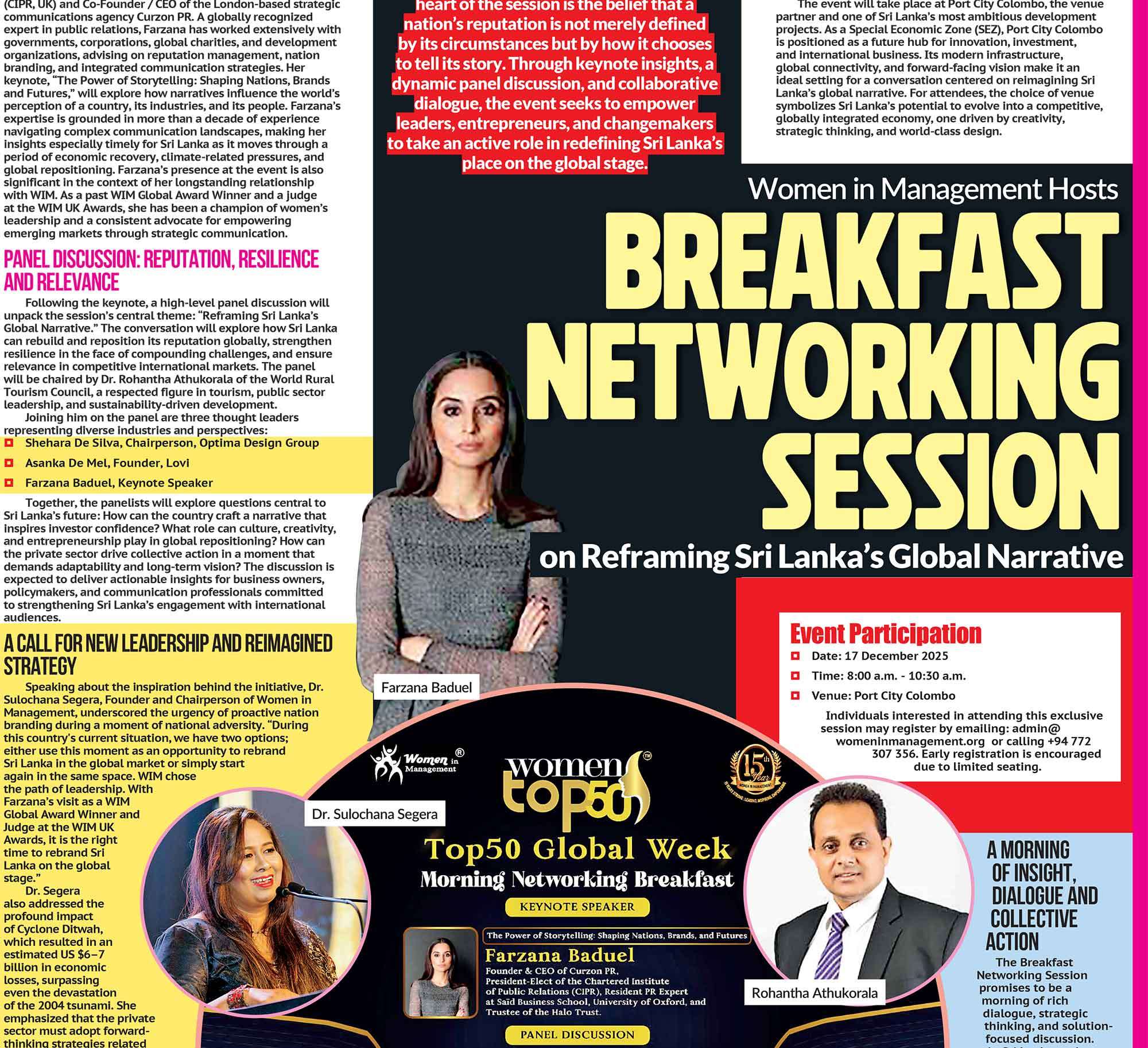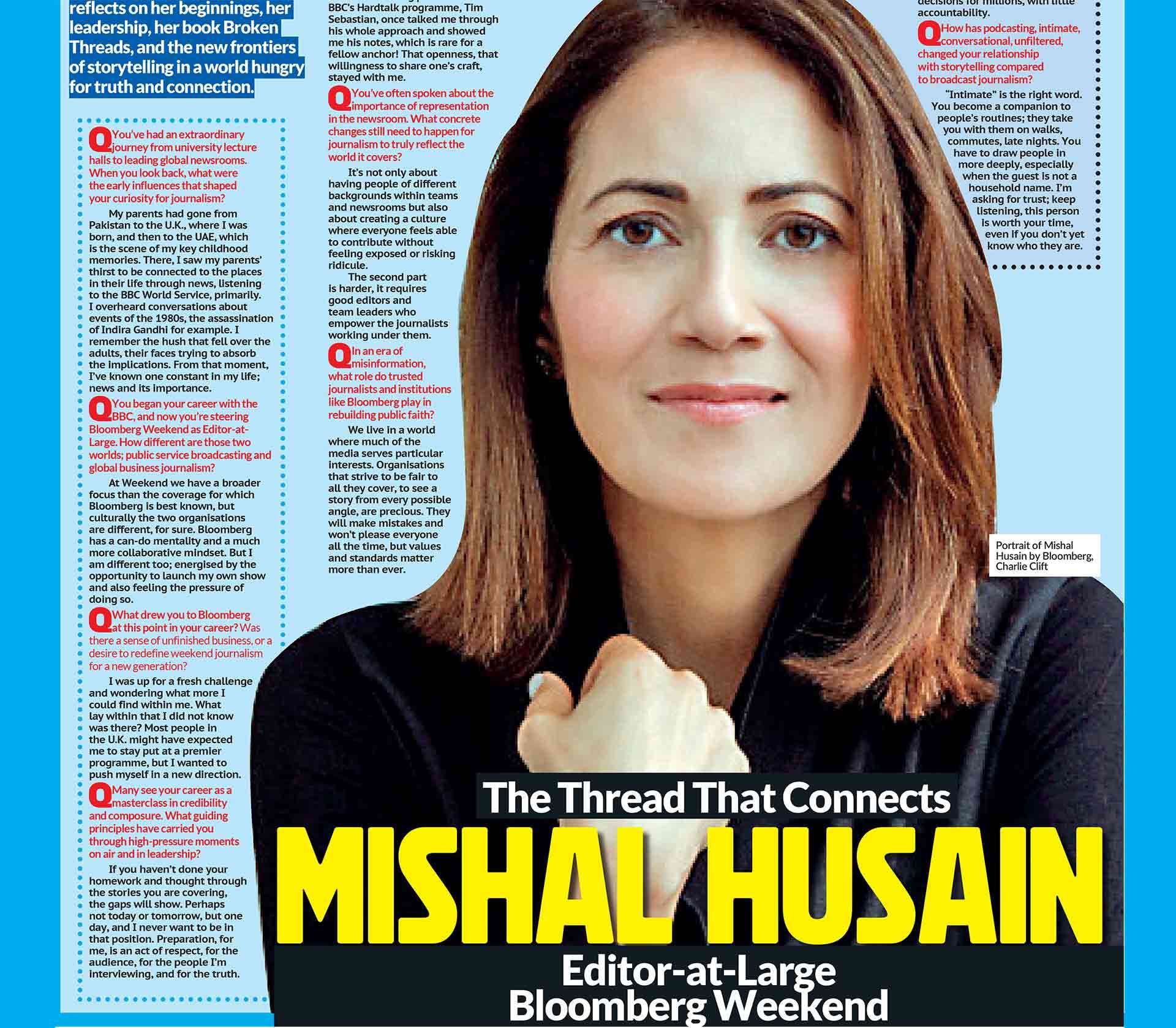


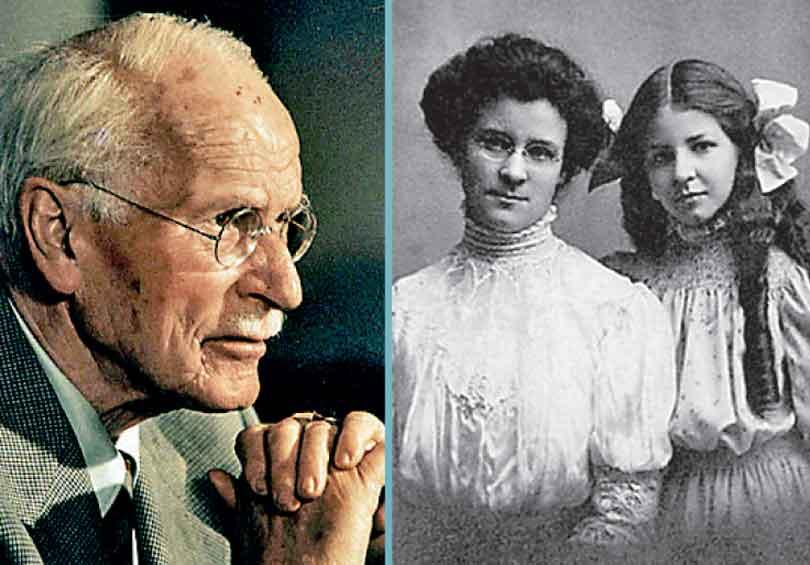
The MBTI has proven time and time again to have poor construct validity, meaning it does not accurately assess the construct that it sets out to measure.
Chances are, you’ve seen four-letter combinations such as INFJ or ENTP scattered across Instagram bios and dating profiles. You might even identify with one such combination yourself!
So, what do they mean and more importantly, do they really mean anything at all? The Myers-Briggs Type Indicator (MBTI) is perhaps the best-known personality assessment out there. Developed by Katherine Cook Briggs and her daughter, Isabel Briggs Myers, the test draws inspiration from Carl Jung’s theories. Through a series of 93 questions, the MBTI claims to be able to categorize all individuals into 16 distinct personality types. This is done by taking one letter from each of the following four binary sets of characteristics:
Introversion / extroversion: whether an individual prefers company or solitude
Sensing / intuition: whether information is gathered relying on facts or instinct
Thinking / feeling: whether decisions are made using logic or values
Judging / perceiving: whether an individual prefers structure or flexibility
The test attempts to aid people in better understanding themselves and their specific skill sets and is used frequently within corporations to gain clearer insight into employee dynamics. Since its conception, an estimated 2 million people take the MBTI each year, relying on its feedback as guidance for academic and career decisions. Unfortunately, the MBTI is fundamentally flawed. Neither Briggs nor Myers were formally educated on developing a psychometric test battery, and the underlying theory was based solely on observation rather than scientific findings.
The MBTI has proven time and time again to have poor construct validity, meaning it does not accurately assess the construct that it sets out to measure. The test treats character traits as binaries and not spectrums, thereby oversimplifying human personality. Furthermore, it is not supported by empirical evidence and does not map well onto evidence-based models such as the Big Five. The MBTI also has poor predictive power, meaning that its results are not good indicators of job performance, career success or personal satisfaction. Another criticism of the MBTI is that it has low test-retest reliability. This means that the results that individuals get from taking the test are inconsistent over time, and modern research suggests that as many as 50% of takers receive a different result upon taking the test a second time. Further criticisms of the MBTI include a lack of subjectivity and comprehensiveness.
The MBTI’s popularity is likely a result of Meehl’s Barnum Effect which suggests that individuals are likely to internalize vague, generalized personality descriptors as being true markers of their character. This is because they are able to attribute their own meaning to these statements, making them appear personal.
In conclusion, the MBTI is without a doubt, pseudoscience. While it offers interesting avenues for self-reflection it is not scientifically grounded and therefore should not be used within academic and corporate institutions to influence decision making processes.


